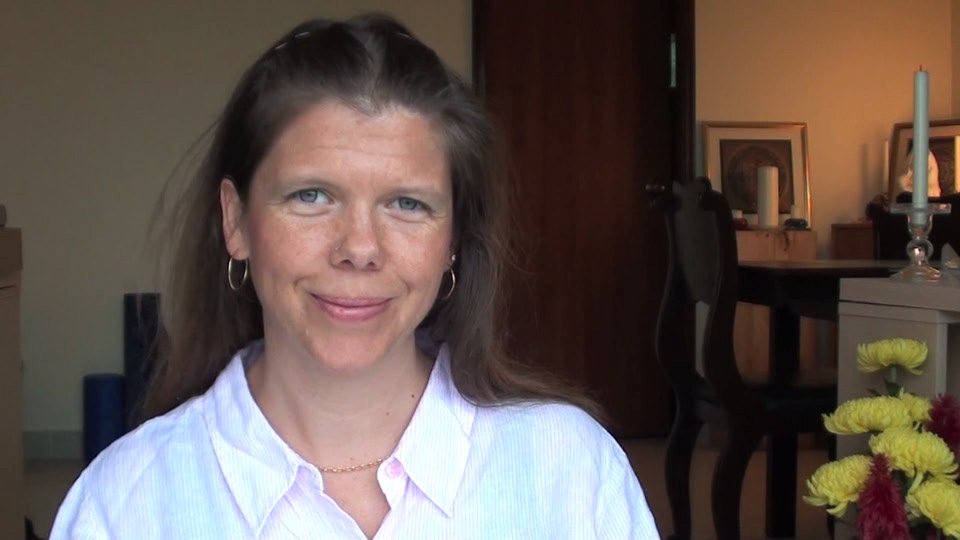Feeling too uncomfortable to practice?
That’s normal!
You don’t have to practice if you don’t want to!
And when you feel ready, take a few minutes and simply notice what comes up. Be present to whatever happens.
You may notice yourself…
not wanting to think or feel whatever you’re thinking or feeling. Keep noticing that. Stay with it. Stay present. Remember that whatever you are thinking or feeling will change eventually. EVERYTHING does. And if you stay present with it, and don’t try to change or fix it, it will naturally change (on it’s own) even faster.
You may notice yourself…
diving into the stories around why you are thinking and feeling those things. You may notice yourself adding fuel and building up the pain! Keep noticing that. Stay present, simply observing yourself doing that. It will change on it’s own eventually, especially if you stay present and just notice versus try to change or fix it. And if you do start changing or fixing it, simply notice THAT!
It is the noticing that is the key. The more you can simply notice, the more you allow whatever is here to be here. If you try to change or fix, inevitably you repress it and that locks it into place. Things that we’re repressing, we are holding and thus we can’t let go of them. If you can wait it out, simply observing, you will reach a point where you don’t need to repress any of it and your innate wisdom will surface with the answer for how to solve what ever is happening. It will not feel like repression or denial. You won’t feel that you need to make it stop. Instead, you will see the wisdom of what is happening, the undercurrents and the reasons and often the situation will reveal itself as useful and helpful… it will usually naturally end at that point.
Eventually, you may cultivate the willingness to notice whatever you are thinking and feeling… Not because you like it or want to be thinking or feeling whatever you are thinking and feeling… Simply because it is here. You will stay present because you will know the wisdom of this process.
Play with it and see if this works for you.









